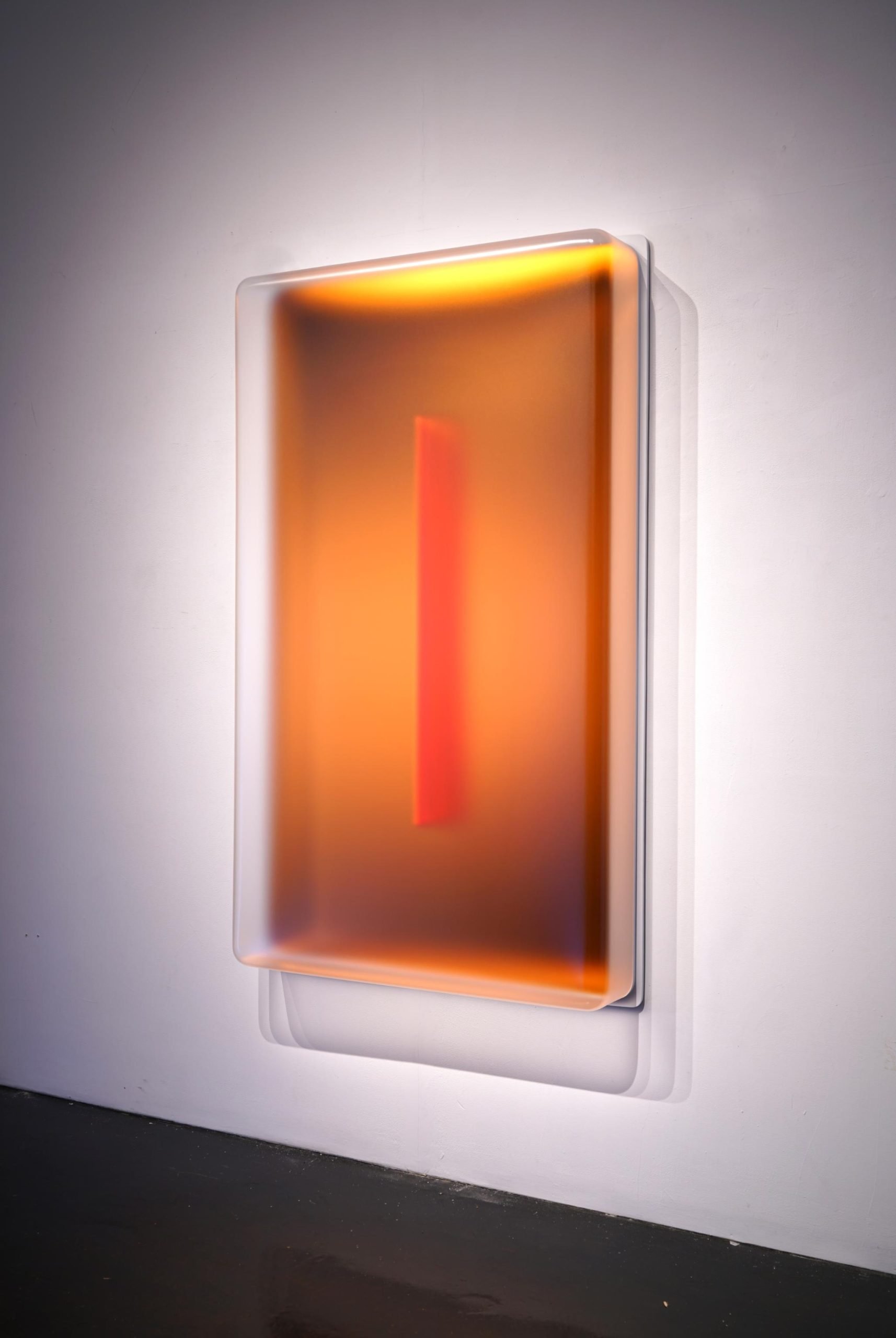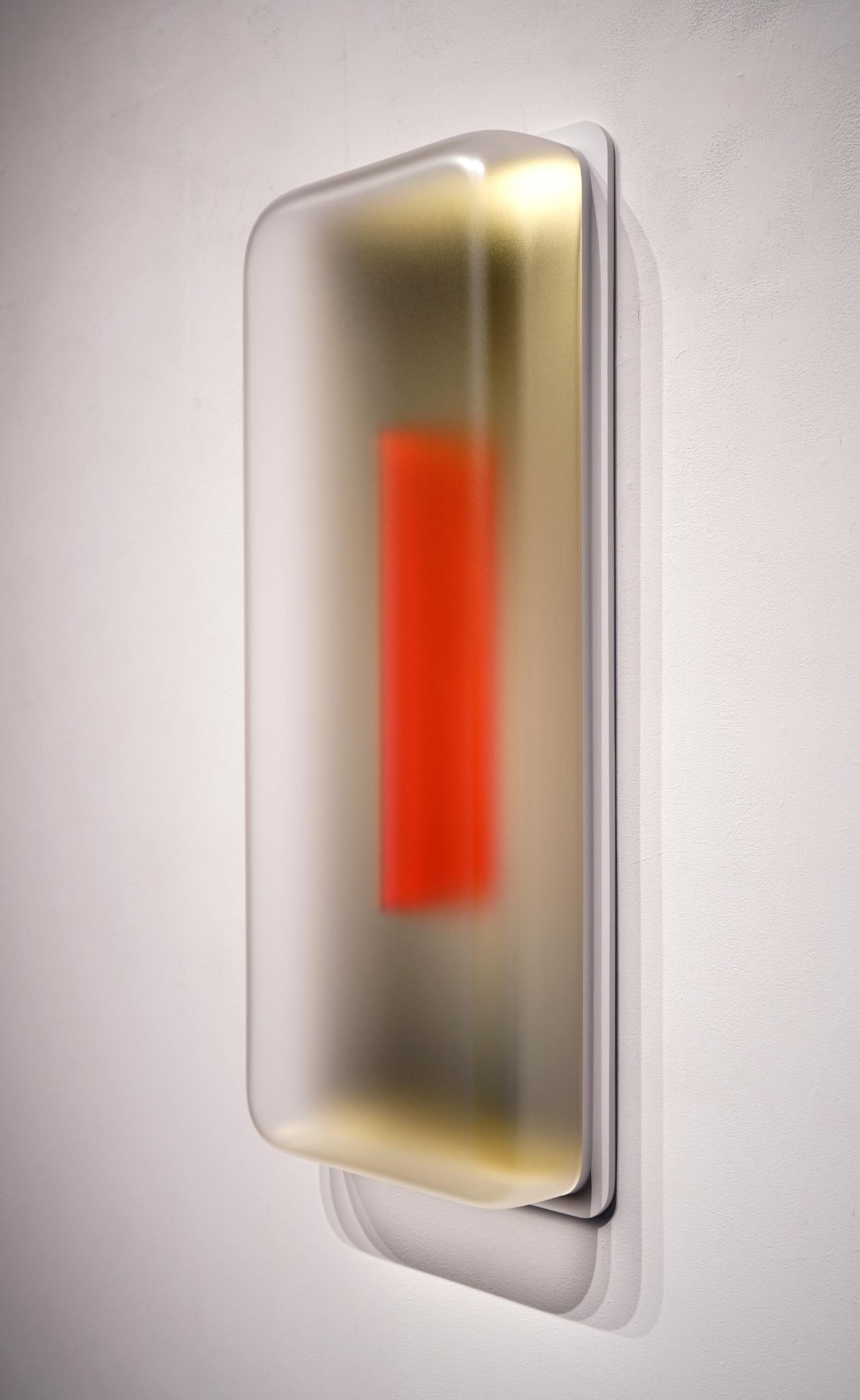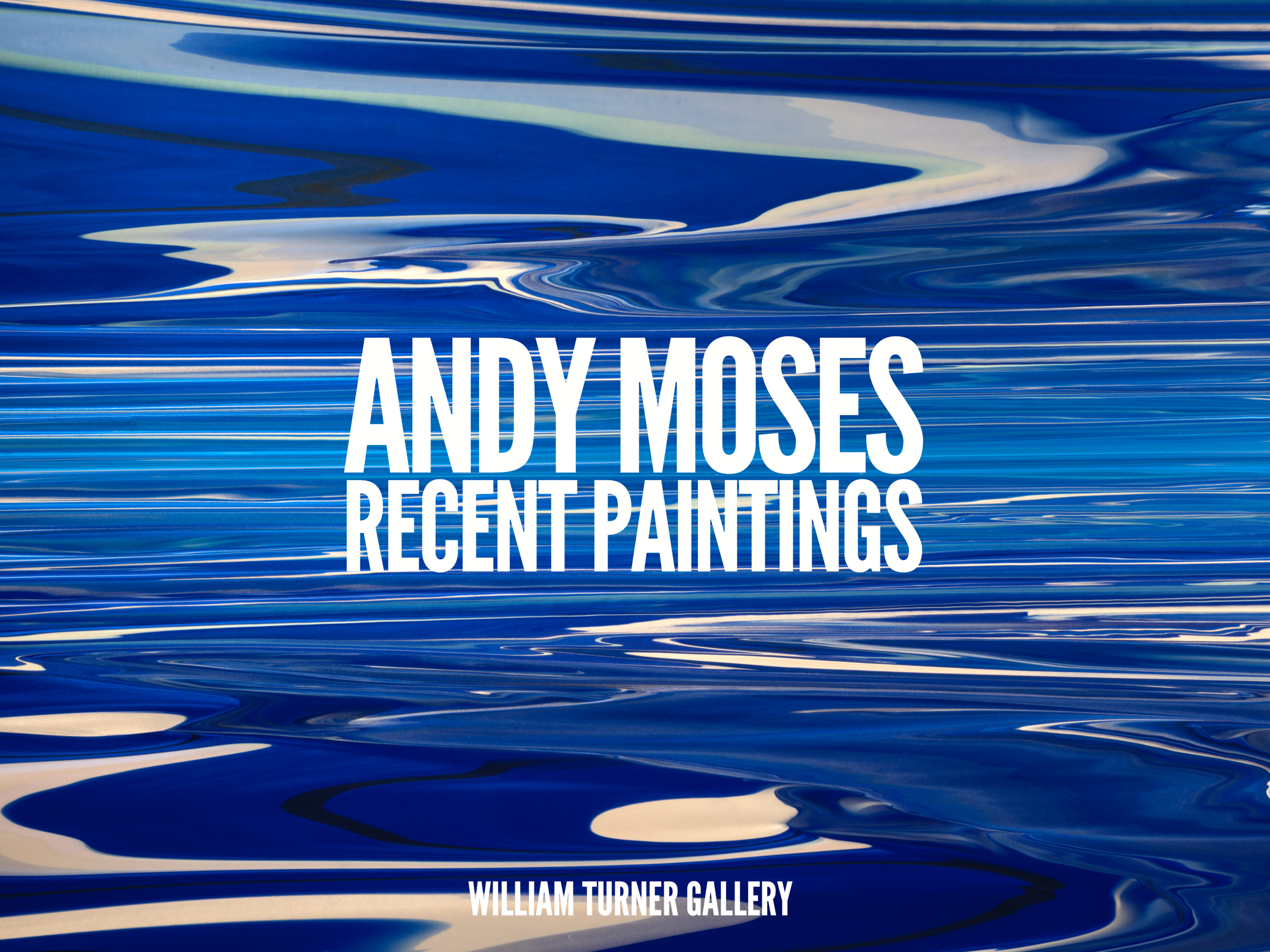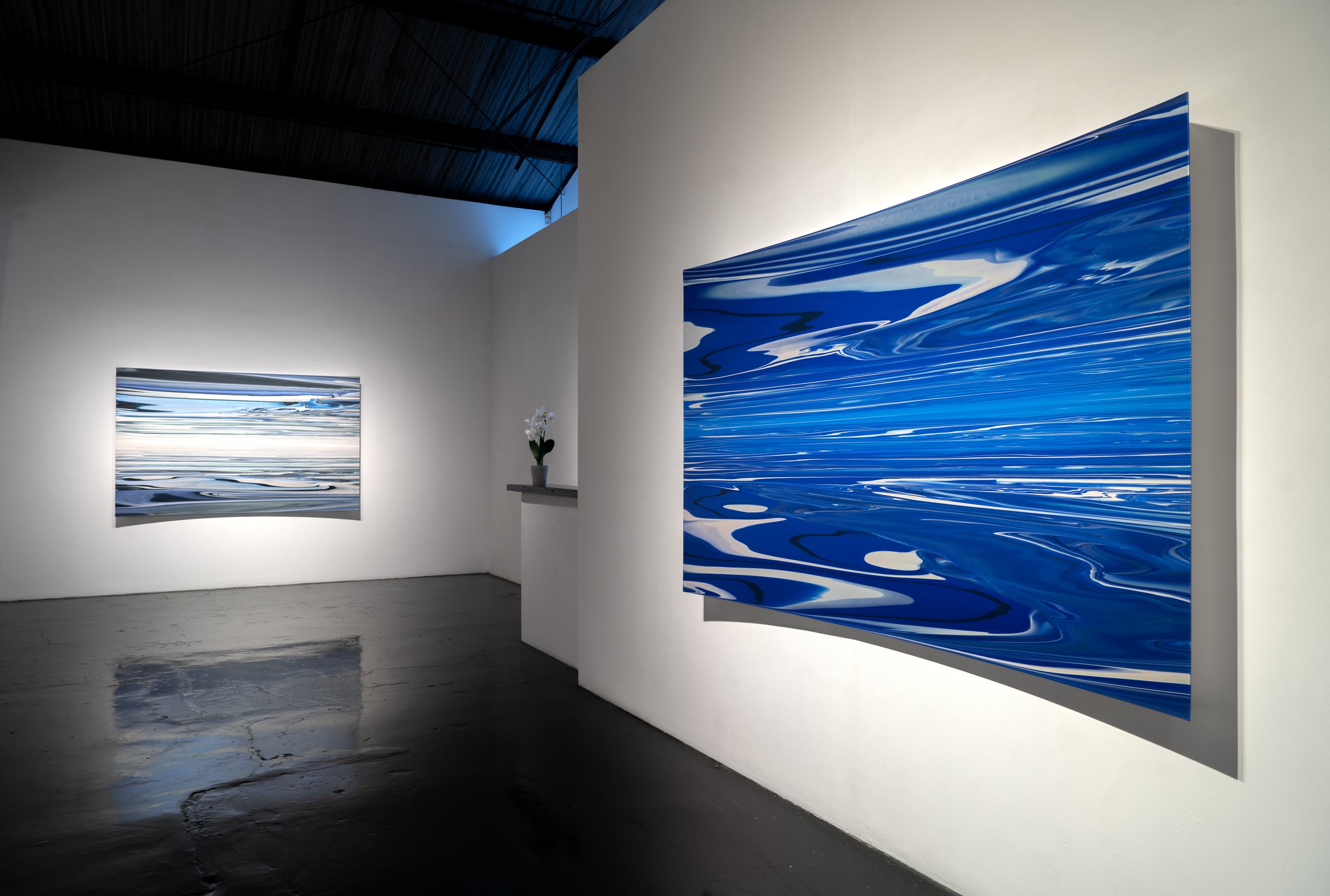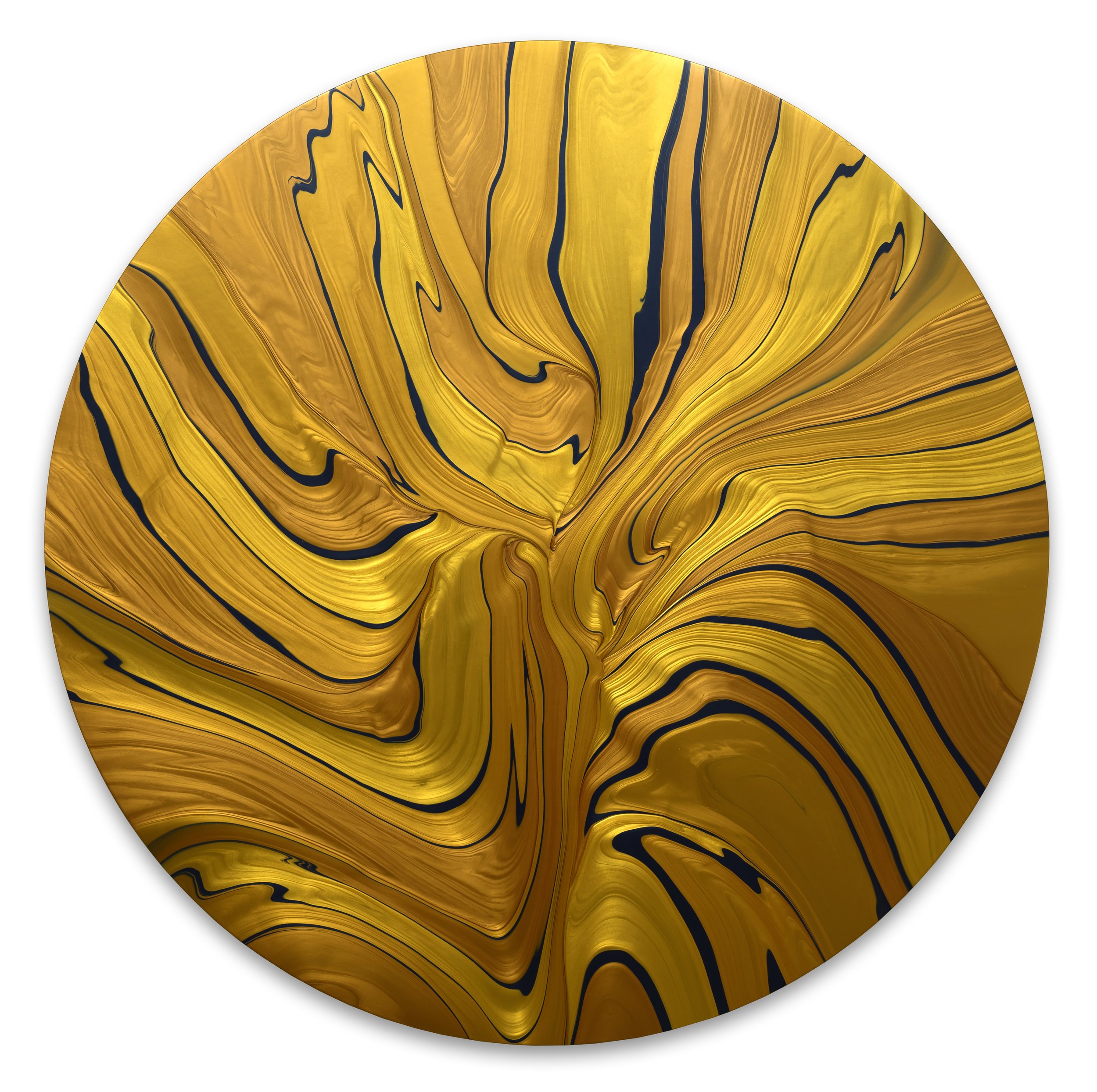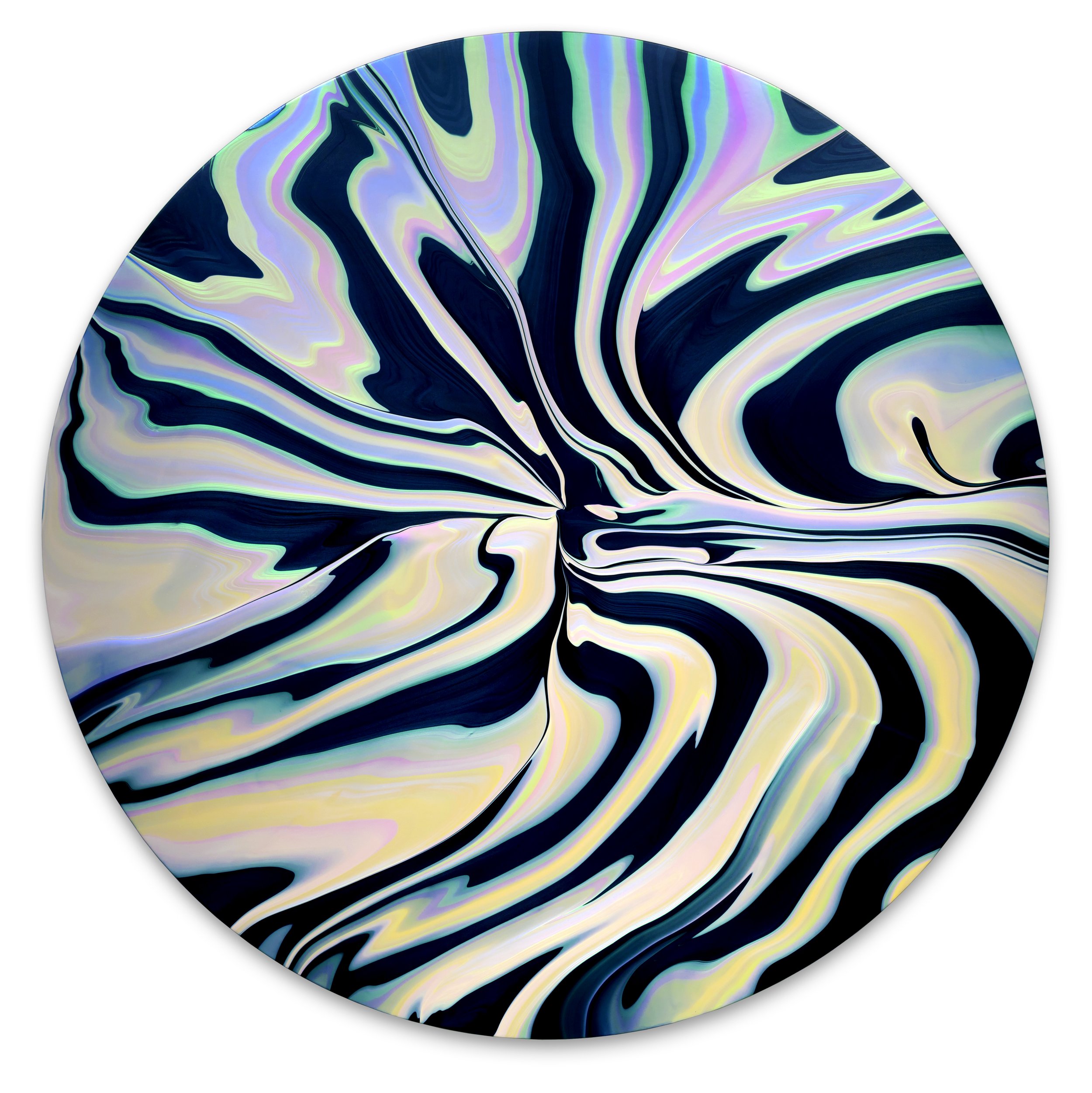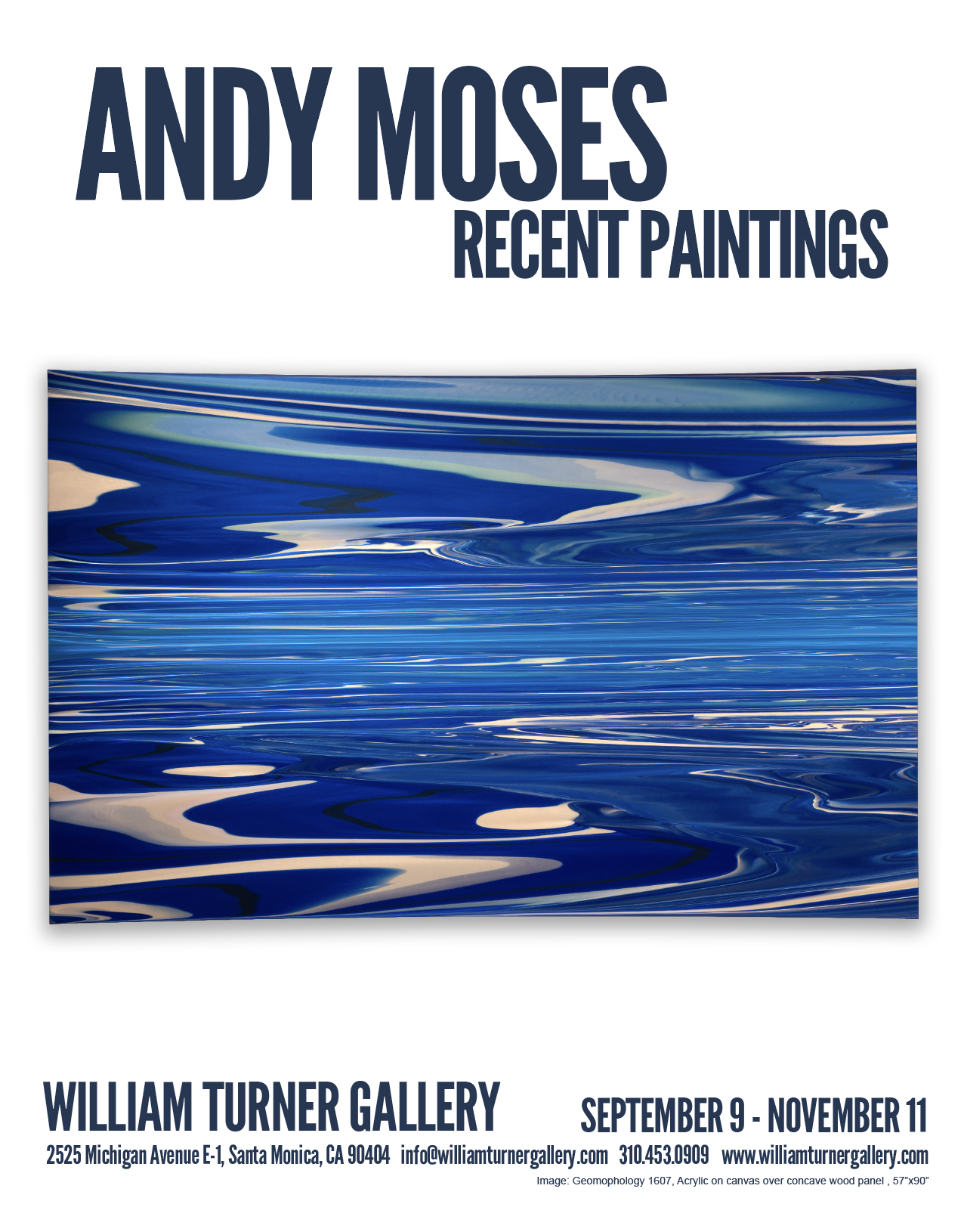Melanie Pullen + Shana Nys Dambrot - INCONVERSATION - June 19 @ 7PM
/Please join us Wednesday, June 19, 2024 at 7PM for a conversation between art writer Shana Nys Dambrot and photographer Melanie Pullen. Doors open at 6PM and the talk will begin at 7PM. There will be refreshments served complimentary of the gallery and signed copies of Melanie’s exhibition catalog VOYEUR will be available for purchase.
Shana Nys Dambrot is an art critic, curator, and author based in Downtown LA. Formerly the Arts Editor at the L.A. Weekly, she is the co-founder of 13ThingsLA, and a contributor to the Village Voice, Flaunt, Artillery, and other culture publications. She studied Art History at Vassar College, and is the recipient of the Rabkin Prize for Art Criticism, the Mozaik Future Art Writers Prize, and the LA Press Club National Arts & Entertainment Journalism Critic of the Year award. Her surrealist novel Zen Psychosis (Griffith Moon) was published in 2020.
Melanie Pullen’s (b. 1975) photography has been shown in major museums and galleries internationally and is permanently in the holdings of many of the most prominent public and private collections around the world including: Colección Jump, Mexico City, Mexico; Museum of Contemporary Art (MOCA), Jacksonville, Florida; The Frederick R. Weisman Museum of Art, Pepperdine University, Malibu, California; Nasher Museum of Contemporary Art, North Carolina; Howard Stein & the Forward Thinking Collection, New York, New York; Walker Art Center Museum, Minnesota; The Rand Collection, Santa Monica, California. Most recently the Getty Museum acquired several pieces from her High Fashion Crime Scenes which now reside in their permanent collection after being included in their exhibition: Icons of Style: 100 Years of Fashion Photography.
Her work has been featured in a number of publications including: The New York Times T Magazine; Los Angeles Times; Vogue; Esquire Magazine; ELLE; London’s Independent; Spin Magazine; W Magazine; Flaunt Magazine; 1814 Magazine; Rolling Stone Magazine and Vanity Fair. Pullen has published three photography books. Melanie was awarded the D&D Yellow Pencil Award. She currently lives and works in Los Angeles, California.
Pullen has published numerous books of her photography with notable fine-art publishers such as: Nazraeli Press and most recently in 2020 with Kodansha Press, in Japan.







